HAIR POROSITY & DENSITY 101
If your hair isn’t getting enough moisture, it may not be a product problem. Perhaps it’s a porosity problem. In the video above I will show you how to easily test the porosity and density of your hair. I’ll give tips on building your hair regimen and include an explanation of hair thickness and density.
HOW TO EASILY FIND YOUR HAIR POROSITY AND DENSITY
Knowing if your hair is high porosity, low porosity, and the density can be the key factors in deciding your hair regimen, wash routine, and which hair products you should buy. If you want long healthy hair, this knowledge can help you get there. This research has been eye opening for me and I’ll definitely be taking a closer look at my own hair regimen and changing things based on what I’ve found out.
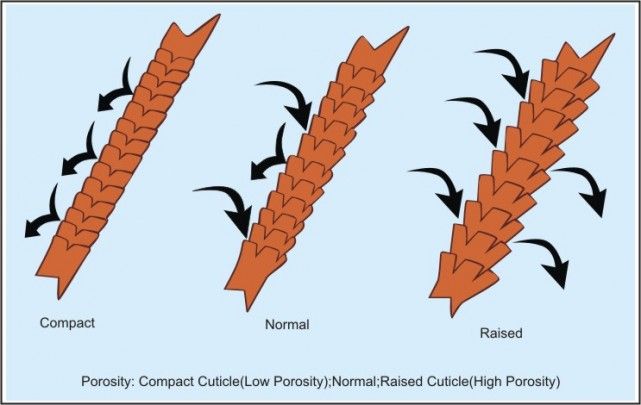
This photo represents low, medium, and high porous strands of hair. The scales on the strands represent the cuticle layer. Low porosity means the cuticles of the hair are flat, not allowing moisture to enter or leave very easily. Medium porosity has an even balance of moisture leaving or entering, and highly porous hair allows moisture to leave as quickly as it came.

High porosity hair can occur naturally or with chemical manipulation. Because the cuticles are lifted, it can actually absorb too much moisture leaving it overly soft and then too dry after the moisture leaves. The friction between the strands often leave it vulnerable to breakage. These hair types do well with pre-poo methods to add slip to the hair during washes. Also, it may benefit from a cold blast of water, using aloe Vera juice, or apple cider vinegar to close the cuticle. Some high porosity naturals swear by protein treatments for strength as well.
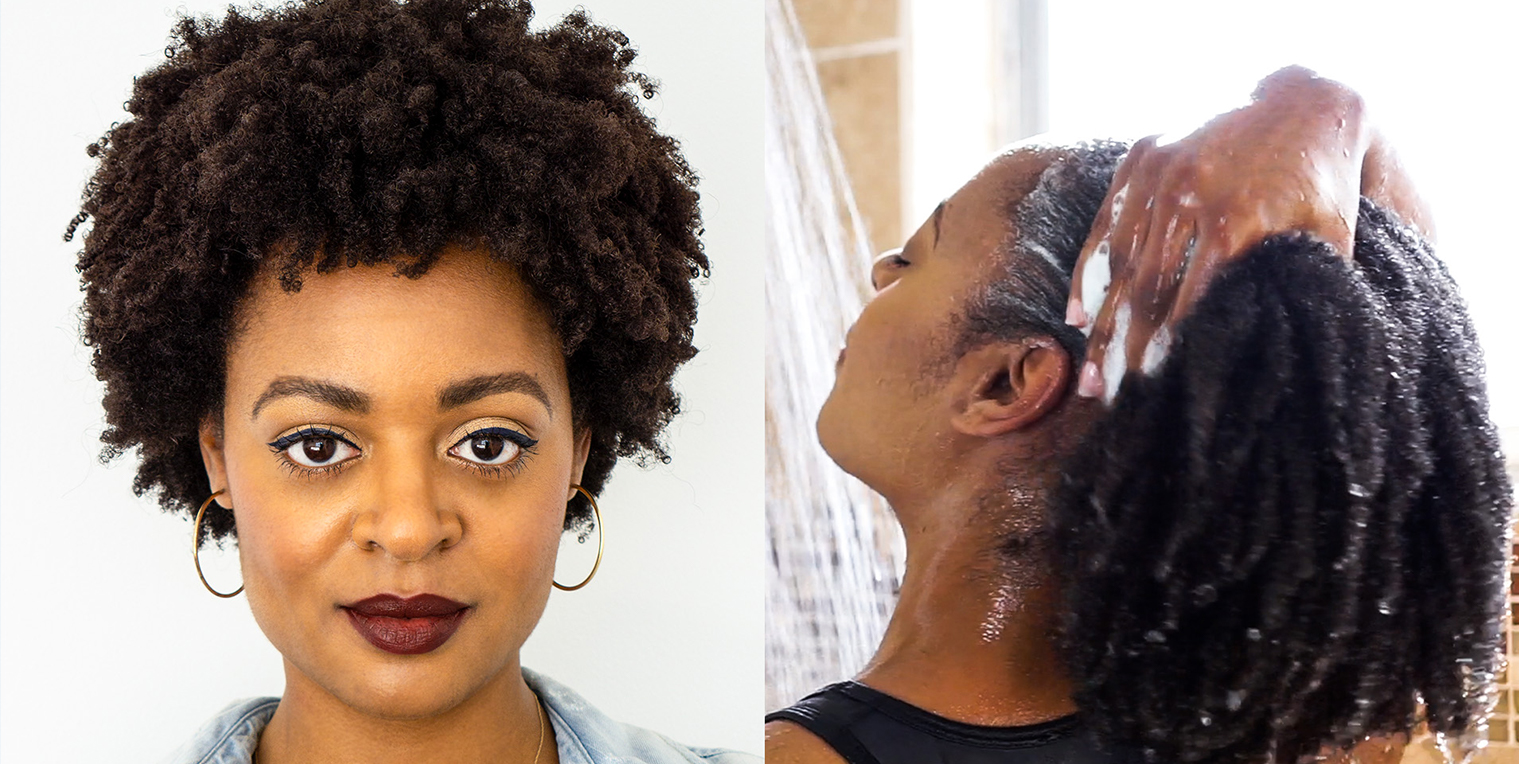
My hair is low porosity. This initially surprised me because I’d always remembered it being high porosity during my relaxed hair days. Turns out, chemical relaxers, heat, and certain hair dyes can change the porosity. Low porosity strands take a decent amount of time to get wet because it repels water. In the video above, my hair doesn’t truly get saturated until after the first wash. Clarifying the hair is going to be really important to prevent the product build up that its prone to. The best ways to lift the cuticle of the hair is with heat or by manipulating the PH balance of the hair.
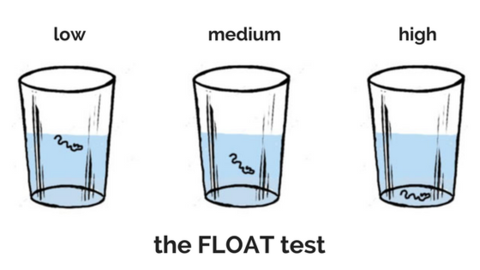
This is the float test. Place a few strands of hair in a glass of room temperature water. If the hair floats-it’s low porosity, sinks-it’s high porosity, and if it stays somewhen in the middle, it’s medium porosity. It’s best to clarify the hair first for the best results.
Another test is to mist water on you hair. If the water absorbs quickly you have high porosity, if water sits on top your hair is low porosity.
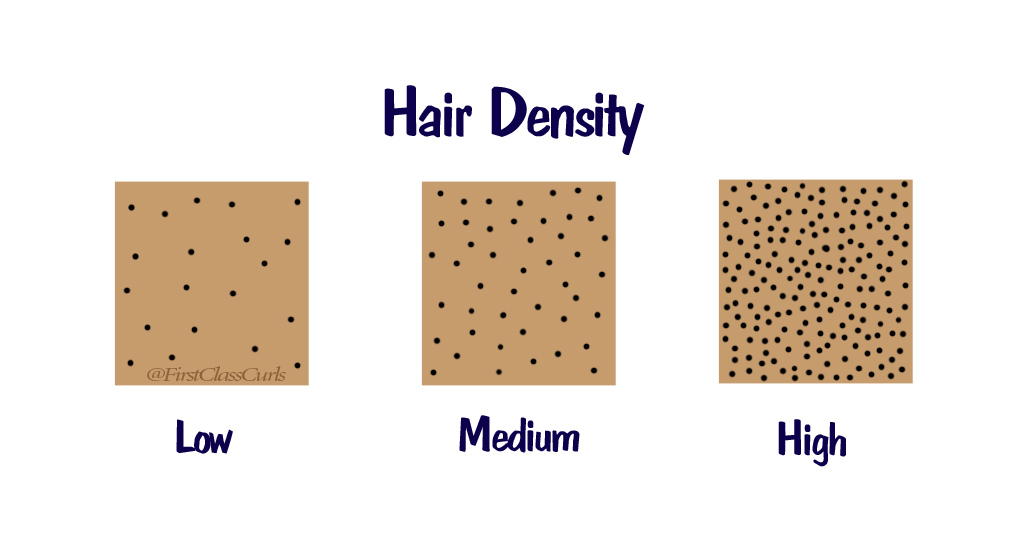
This chart represents low, medium, and high density hair. Imagine the white space between the dots is your scalp. The more scalp you see, the less dense your hair is. The less scalp you see, the more dense your hair is.
Because curly and coily hair shrinks so much, I think it’s best to part your hair and take a look that way. Also, if you blow your hair out into an afro, you’ll have an even clearer view.

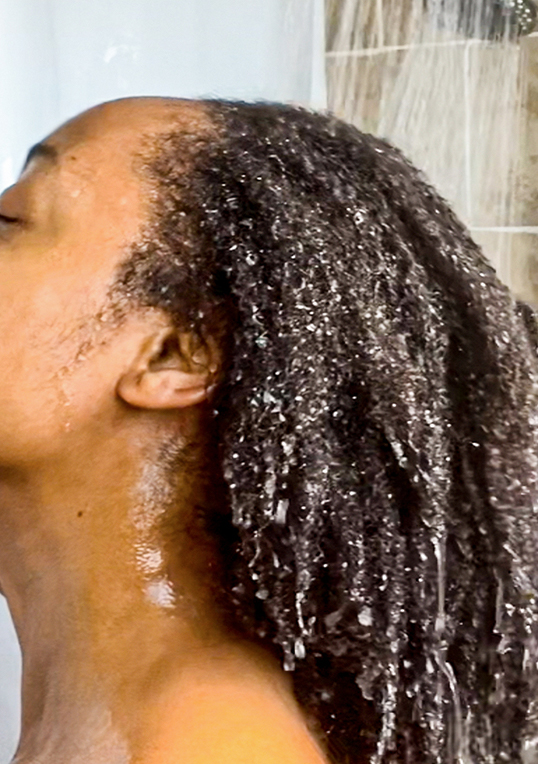
SHARE IT
If this helped with you, share it with your friends. Comment below and tell us, what hair porosity and density you have. I know for a fact, I have to change some things in my hair wash regimen based on this research. I’ll be sure to update you all when I build a solid one.
Check my Youtube natural hairstyles playlist for hair tutorials. I’ve also got a youtube tab here on the navigation bar at the top of this page where you can see all of my videos that upload every thursday. Subscribe to my newsletter, so you don’t miss any of my content. See ya in your inbox soon!







